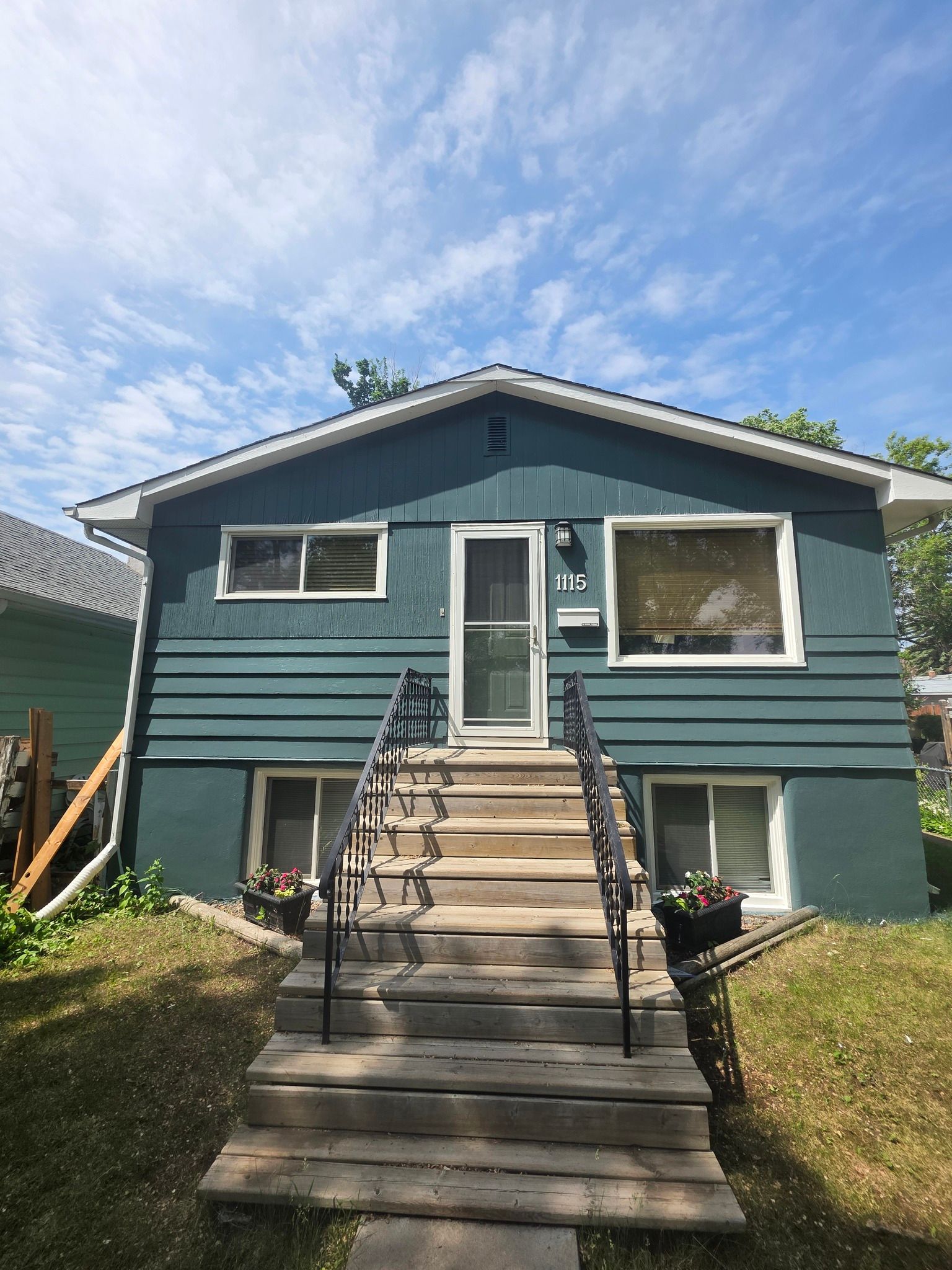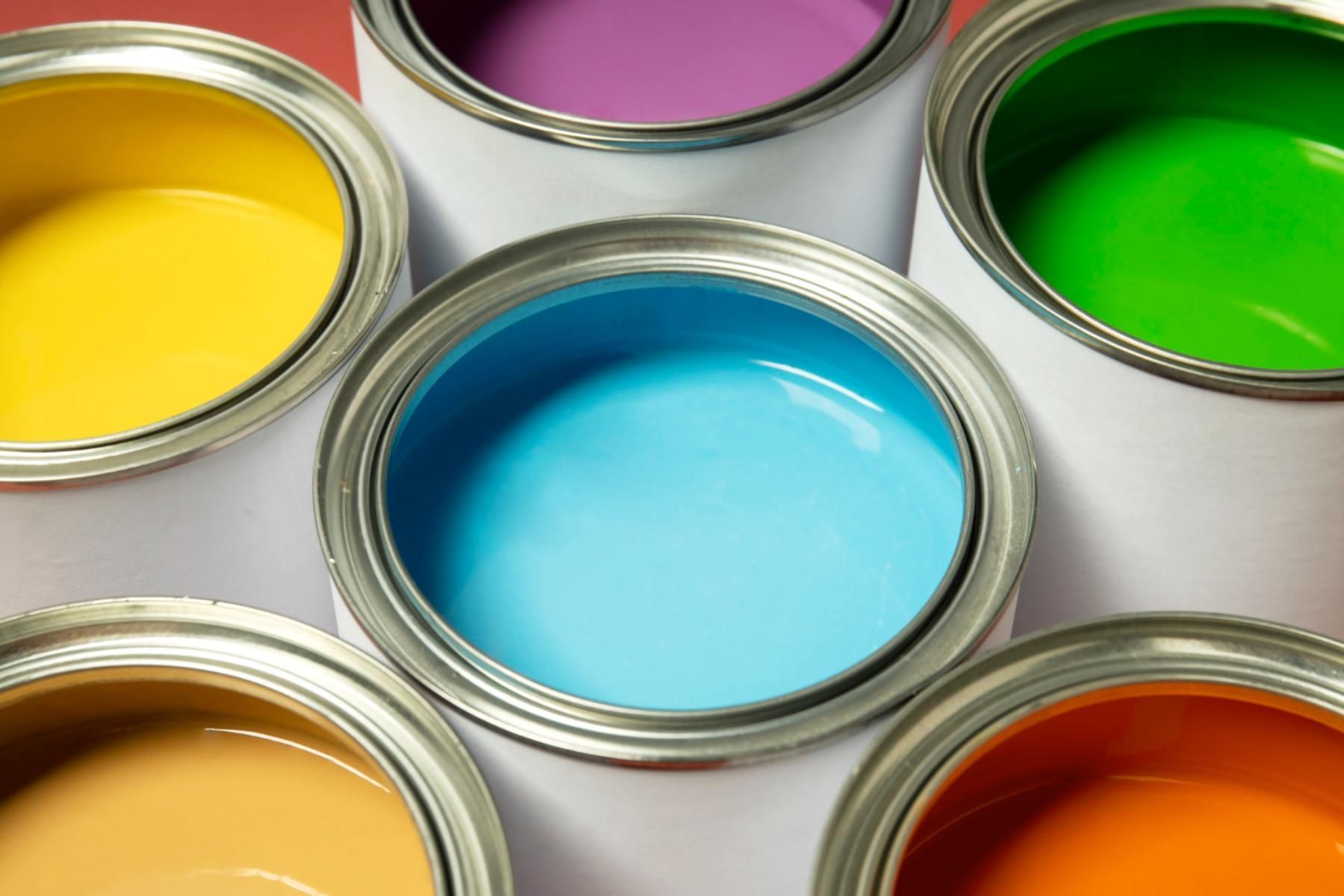Why Professional House Painters Save You More Money Than DIY

Professional house painters might seem like a luxury as home improvement costs keep rising. Many homeowners choose DIY painting to save money, but the numbers tell a different story. DIY painting looks cheaper on paper since you only buy supplies and save on labor costs. The actual expenses go way beyond the reach and influence of basic materials, because you need brushes, rollers, painter's tape, drop cloths, ladders, and specialty equipment.
Many homeowners end up searching for "professional house painters near me" or "affordable painters near me" after struggling with DIY projects. A standard 12×12 room's DIY materials alone cost between $200 to $500, and professional two-coat painting for a 1,500-2,000 square foot home ranges from $5,500 to $8,000. The original professional cost may look higher, but it's worth thinking about what you get for your money. Ground experience shows that professional exterior house painters are a great way to get expertise, efficiency, and lasting high-quality results that give better value over time. Revive Painting & Wallpaper in Saskatoon believes that professional painting services represent a smart financial choice, as they boost property value and provide lasting durability.
The Real Cost of DIY Painting
Most homeowners don't realize how much those paint cans and brushes will set them back. DIY painting comes with plenty of hidden costs that can empty your wallet faster than you'd expect.
Paint and supplies add up fast
A few gallons of paint can turn into a major investment. Premium paints cost between CAD $41.80 to $83.60 per gallon. Most rooms need multiple gallons for good coverage. DIY interior painting projects typically run between CAD $278.67 and $418.01, before you even add other materials. Hardware store trips pile up faster as DIYers learn that quality makes a big difference. Cheap brushes lose their bristles while low-quality rollers leave streaks and waste paint. The total bill for a complete DIY project ranges from CAD $278.67 to $975.35 based on your home's size.
Hidden costs: tools, rentals, and repairs
Quality painting needs special equipment that most homeowners don't have. You'll need extension poles, ladders, sprayers (which get pricey to rent), and protective gear. The time spent painting takes you away from work, family, and leisure activities. Your body pays a price too - painting involves repetitive movements and safety risks, especially on ladders. These factors can turn a simple weekend project into weeks of unexpected costs.
Mistakes that lead to rework
The most expensive part? Starting over because of mistakes. Studies show 74% of homeowners regret their renovations, and DIY painting mishaps top the list. Uneven coverage, visible brush strokes, and poor preparation often need professional fixes. Many DIYers call professional house painters to fix these issues, which doubles their original costs.
Here at Revive Painting & Wallpaper in Saskatoon, we've fixed many homes where DIY attempts cost more than hiring professional exterior house painters from the start. Professional painters bring expertise that prevents these expensive mistakes before they happen.
Time and Effort: What DIY Really Demands
DIY painting projects often take homeowners by surprise with their time requirements. What looks easy on TV home shows turns into a week-long project. The reality hits hard when preparation takes up to 85% of the project time.
Prep work takes longer than expected
Most DIYers don't realize how much time proper preparation needs. Surface preparation, which includes cleaning, sanding, and filling cracks, can stretch for hours, especially in older homes with lots of flaws. You can't rush taping off windows, trim, and baseboards. This step needs patience but ensures clean lines and even results. A standard room needs 30-60 minutes to move furniture, 15-45 minutes to clean walls, 30-90 minutes to tape, and 1-3 hours for repairs and patching. The primer adds 1-2 hours per coat. "You can never prep enough"—a lesson many people find out after they start.
Painting is physically exhausting
The physical work of painting packs quite a punch. Your body feels the strain from cutting in and rolling, especially on ceilings or tall walls. Local professional painters have built up their techniques and strength over years. DIYers don't deal very well with muscle strain after just a few hours. A typical room takes DIYers 1.5-3 hours just to cut in edges, while pros finish the same work in 45-90 minutes. Rolling adds another 2-4 hours per coat for beginners. A 500-square-foot area usually needs two to three hours to prep, prime, and paint. This means your modest home project could easily last a week.
Cleanup and touch-ups are often overlooked
Project timelines stretch beyond expectations during cleanup and touch-ups. Proper cleaning of brushes, rollers, and equipment takes time. The work doesn't stop there. You still need to remove painter's tape, fix paint spills, and touch up missed spots. Paint disposal needs special attention—leftover paint takes days to harden naturally. At Revive Painting & Wallpaper in Saskatoon, we understand these challenges. Professional painters bring substantially more value through their speed and expertise than homeowners first realize. Our team finishes projects quickly, so you can enjoy your freshly painted space instead of losing weekends to DIY work.
Why Professional Painters Deliver Better Value
The value of professional painting services compared to DIY goes way beyond just looking at costs. Professional painting brings lasting quality through several key advantages.
Access to high-quality tools and materials
Professional painters work with commercial-grade equipment that most consumers can't buy. They put money into premium brushes, specialized rollers, and professional sprayers that create smoother finishes with fewer coats. These pros also have access to better paints that cover more area and last longer than what you'll find in stores.
Skilled techniques for a flawless finish
A painter's experience makes a huge difference. Professional painters know the right way to prepare surfaces - they clean, patch, and prime with precision. These experts use advanced techniques to avoid brush marks and apply paint evenly across all surfaces.
Warranties and insurance for peace of mind
Protection is a benefit many people overlook. Professional painters carry liability insurance that covers any potential damages or injuries during your project. Most of them back their work with warranties too, so your investment stays protected well after they finish the job.
Faster project completion with less disruption
Professional teams have proven systems that help them finish in days what might take homeowners weeks to complete. Revive Painting & Wallpaper - Saskatoon's top rated painting company - keeps disruption minimal while they work. Their results boost your property value and cut down on maintenance costs over time.
Professional painting ended up giving you a longer-lasting finish that saves time and prevents headaches.
Long-Term Savings and Home Value Boost
Professional house painters offer financial benefits that go way beyond the project's completion. Your investment keeps paying off long after the paint dries and creates real value over time.
Durability reduces repaint frequency
Paint quality makes a huge difference in how long it lasts. Professional paint jobs typically last 7-10 years on exteriors, while DIY jobs only last 3-4 years. This durability comes from proper surface prep, better materials, and expert techniques. Professional exterior paint acts as a protective shield against harsh weather - rain, snow, sunlight, and wind that wear down your home. This protection helps maintain your home's structural integrity and prevents water damage that causes mold, decay, and pest problems.
Better curb appeal increases resale value
Ready to sell? Professional paint jobs deliver excellent returns on investment. Studies show that quality exterior painting can boost home value by 2-5%, with some sellers getting up to 152% ROI. A fresh exterior paint job could add between CAD 19,507 and CAD 48,767 to a home worth CAD 975,352. Properties stand out in competitive markets and often sell faster at better prices with this visual upgrade.
Avoiding costly mistakes saves money over time
The priciest paint job is one you need to do twice. Professional house painters prevent expensive errors common in DIY attempts. Revive Painting & Wallpaper in Saskatoon delivers lasting results through careful prep and perfect execution. Our team spots and fixes problems before painting, so your investment stays valuable for years.
Finding the Best Painting Company Near You
Looking for qualified professionals can be tough. Taking time to research painting contractors ended up saving a lot of hassle. You can start your search on online platforms like Houzz or Angi. These platforms help homeowners connect with trusted painting professionals nearby. Customer reviews are crucial since they give an explanation about service quality and reliability.
A painting company's experience makes a huge difference. Expert painters know all about different paint types, finishes, and surface preparation methods. Their years in the field mean they've tackled almost every painting challenge imaginable.
Getting multiple estimates from trusted companies helps you compare prices. You'll also get a chance to evaluate each painter's style and professionalism. The consultation is a great time to ask about their methods, materials, and warranty coverage.
The best contractors give detailed quotes and keep communication open. Professional companies should have proper insurance and back their work with warranties. This protects your investment down the road.
Your ideal painting partner shows up on time, pays attention to details, and treats your property with care. Revive Painting & Wallpaper - Saskatoon's top rated painting company - has an expert team that delivers results DIY projects can't match. Whatever the project size, local professional house painters help you avoid the stress, physical work, and unexpected costs of doing it yourself.
Key Takeaways
While DIY painting may seem like a money-saving option, professional painters actually deliver superior long-term value through expertise, efficiency, and lasting results that protect your investment.
• DIY painting costs $200-500 for materials alone per room, but hidden expenses like tools, repairs, and rework often double initial budgets
• Professional painters complete projects 3x faster with commercial-grade equipment and techniques that ensure flawless, durable finishes
• Quality professional paint jobs last 7-10 years versus 3-4 years for DIY attempts, reducing long-term repainting frequency and costs
• Professional exterior painting can increase home value by 2-5% with ROI up to 152%, adding $19,500-48,000 to property worth
• Warranties and insurance from professional painters protect your investment, while DIY mistakes often require costly professional fixes anyway
The bottom line: What appears as an upfront expense actually becomes a smart financial decision that saves money, time, and frustration while boosting your home's value and curb appeal for years to come.
Show facts


